Advertisement
There’s no shortage of chatbot builders in 2025, but a few tools clearly stand out. Whether you’re managing an online store, running a customer support team, or just exploring automation, having the right chatbot builder can make your workflow smoother. These platforms vary in what they offer, from visual editors to multi-channel support, and some are more beginner-friendly than others. Here are ten of the most effective and reliable chatbot builders available this year.
Tidio continues to be a go-to for small to medium businesses that want something quick to set up but flexible enough to scale. It mixes live chat with AI-powered automation, making it easy to answer customer questions automatically while giving your team the option to jump in when needed. It works well with Shopify, BigCommerce, and WordPress, so store owners don’t need to fiddle with code.
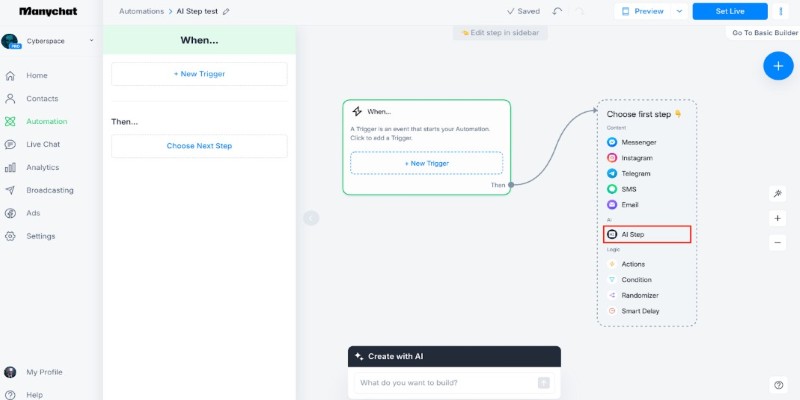
ManyChat is designed for businesses that rely on platforms like Instagram, Messenger, and SMS. Its visual flow builder keeps things simple, which is helpful if you're more focused on marketing than tech. You can build welcome messages, drip campaigns, and follow-up sequences in just a few clicks. ManyChat also connects with tools like Zapier and Google Sheets for added flexibility.
If Facebook Messenger is a major part of your customer communication, Chatfuel is one of the easiest platforms to work with. It comes loaded with templates for common needs like reservations, lead capture, and product updates. No coding is necessary, and it takes under an hour to have a basic bot running. It’s made for non-technical teams that want automation without spending weeks learning how it works.
Landbot stands out with its chatbot interface, which feels more like a quiz or interactive landing page than a chat window. The visual builder gives full design control, allowing you to guide users through questions and responses with custom branding. It’s particularly effective for businesses that need to qualify leads or collect information in a clean, structured way.
Botsonic offers a fast solution for teams that want a chatbot trained directly on their website content. You enter your site URL, and the AI picks up information like product details, service descriptions, and policies to build a conversational bot. It’s an efficient way to make your website more helpful without designing a bot from scratch.
Intercom offers more than just chatbot functionality—it's part of a complete support and engagement system. While it can handle automated responses, it also tracks customer conversations, supports ticketing, and lets agents collaborate behind the scenes. It’s best suited for SaaS companies and service providers who need to manage many touchpoints in one space.
Drift is all about sales. It detects who's on your site and routes them to the right sales rep or scheduling tool based on behavior and account data. Rather than waiting for a lead to fill out a form, Drift starts the conversation while they’re still engaged. This real-time approach works well for B2B companies that depend on qualifying leads quickly.
Freshchat is a part of the Freshworks ecosystem and brings together live chat, bots, and messaging into a single tool. It handles multilingual support and behavior-based targeting and connects to CRMs. One of its strengths is intent detection, which helps tailor responses based on what the customer is likely to want. It fits well with mid-size teams who want structured automation.
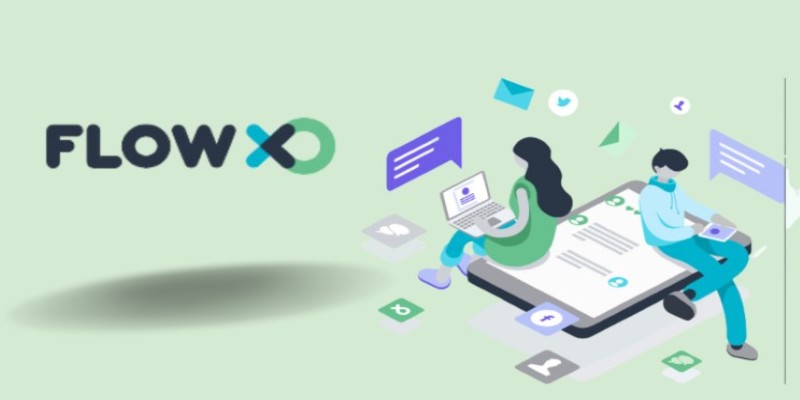
Flow XO works across several platforms, including Slack, Telegram, Facebook Messenger, and SMS. It offers a range of functions like conditional logic, webhook triggers, and multi-step conversations. While it’s more technical than some others, it’s ideal for people who want to manage bots on more than one channel without rebuilding from scratch each time.
Botpress is for developers who want deep customization and control. As an open-source platform, it gives you access to core features like natural language processing, knowledge base management, and context-aware flows. It’s not beginner-oriented, but for teams that have technical skills, it gives full control over how bots interact and learn.
With so many solid chatbot builders out there, choosing one often comes down to how quickly you can get value from it. Tidio stands out for its ease of use, especially for those who want reliable automation without cutting out human support. It's quick to implement, integrates with popular e-commerce platforms, and doesn't overwhelm new users with a steep learning curve. That’s why we’ll focus on how to actually use Tidio to set up an effective chatbot—beyond just picking features from a list.
First, log in and head to the chatbot tab—don’t rush to pick a template right away. Instead, click on “New Chatbot” and explore the automation triggers. Choose one that suits your website—like when someone visits a product page or stays for more than 10 seconds. This helps you catch people while they’re still browsing, not when they’re leaving.
Once that’s done, focus on adding decision paths. Don’t just list FAQs—think about what people might do next. For example, if they ask about shipping, offer them a link to your shipping policy and the option to chat with a live agent. The idea is to keep things moving, not box users into yes/no paths. Publish your flow, test it from your phone, and you’re live.
The chatbot market in 2025 is full of options, each with its own style. Some tools are perfect for marketers, while others cater to sales teams or developers. But the tool itself isn’t what makes a chatbot successful—it’s how clearly you define what the bot should do. The best results come when your chatbot isn't just answering questions but actively helping users complete tasks, find what they need, or move closer to a decision. Choose a builder that fits your workflow, focus on the actual experience, and let the automation handle the rest.
Advertisement
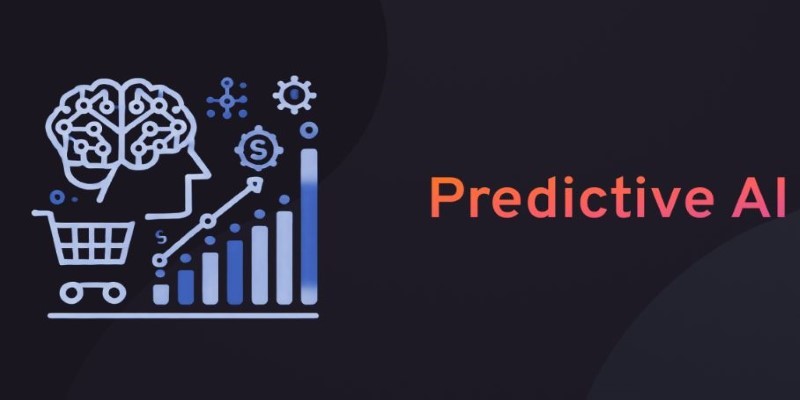
What predictive AI is and how it works with real-life examples. This beginner-friendly guide explains how AI can make smart guesses using data
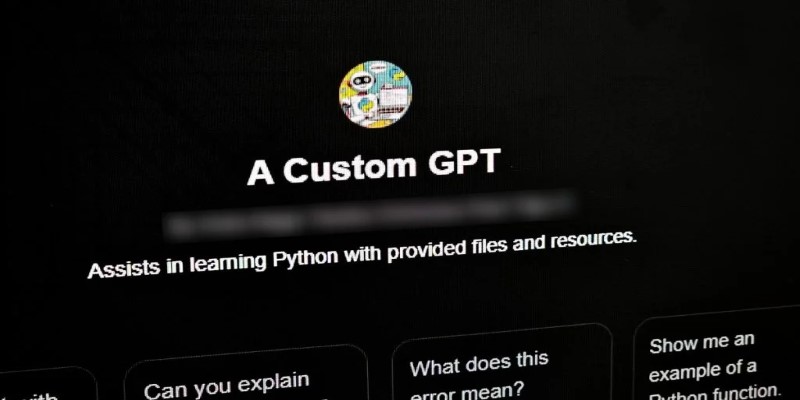
Ever imagined crafting an AI assistant tailored just for you? OpenAI's latest ChatGPT update introduces custom GPTs, enabling users to design personalized chatbots without any coding experience
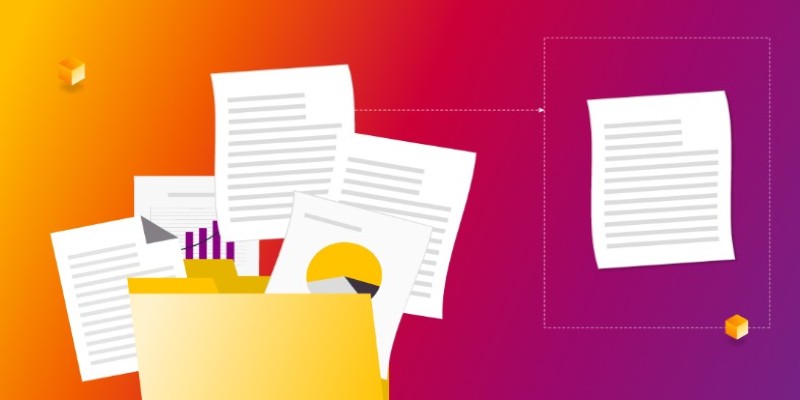
Want to measure how similar two sets of data are? Learn different ways to calculate cosine similarity in Python using scikit-learn, scipy, and manual methods

Which machine learning tools actually help get real work done? This guide breaks down 9 solid options and shows you how to use PyTorch with clarity and control

Looking for a smart alternative to Devin AI that actually fits your workflow? Here are 8 options that help you code faster without overcomplicating the process

Want a free coding assistant in VS Code? Learn how to set up Llama 3 using Ollama and the Continue extension to get AI help without subscriptions or cloud tools
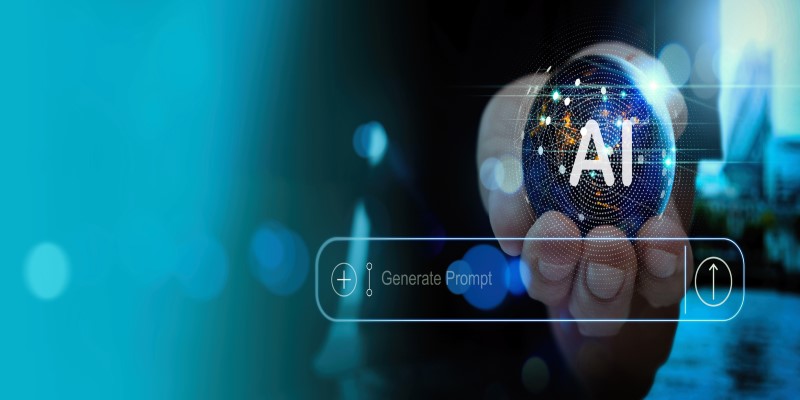
Curious about whether premium AI prompts are actually worth paying for? This article breaks down what you’re really getting, who benefits most, and when it's better to stick with free options.

Think building a machine learning model takes hours? With ChatGPT, you can create, run, and test one in under a minute—even with no coding experience

Which RAG tools are worth your time for generative AI? This guide breaks down the top options and shows you how to get started with the right setup

Explore hyper-personalization marketing strategies, consumer data-driven marketing, and customized customer journey optimization
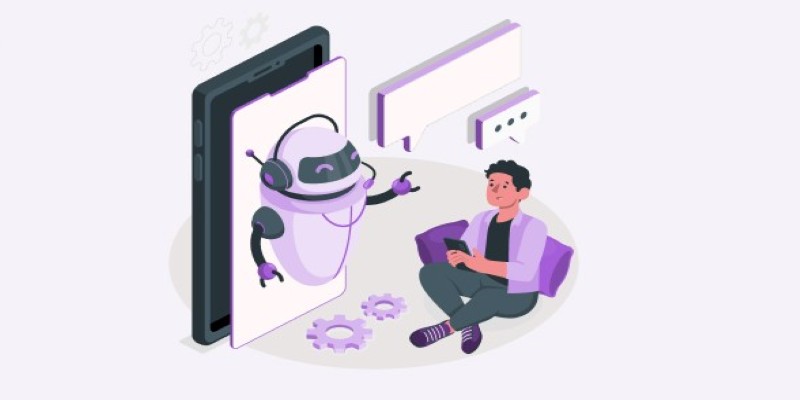
Looking for the best chatbot builder to use in 2025? This guide breaks down 10 top tools and shows you exactly how to use one of them to get real results, even if you're just starting out
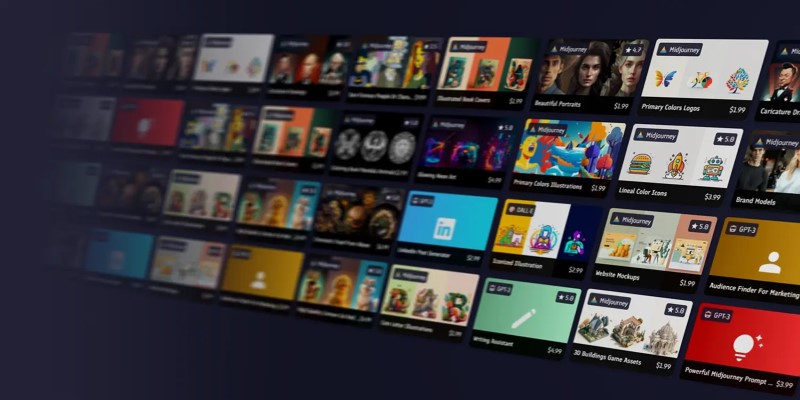
Looking for the best places to buy or sell AI prompts? Discover the top AI prompt marketplaces of 2025 and find the right platform to enhance your AI projects